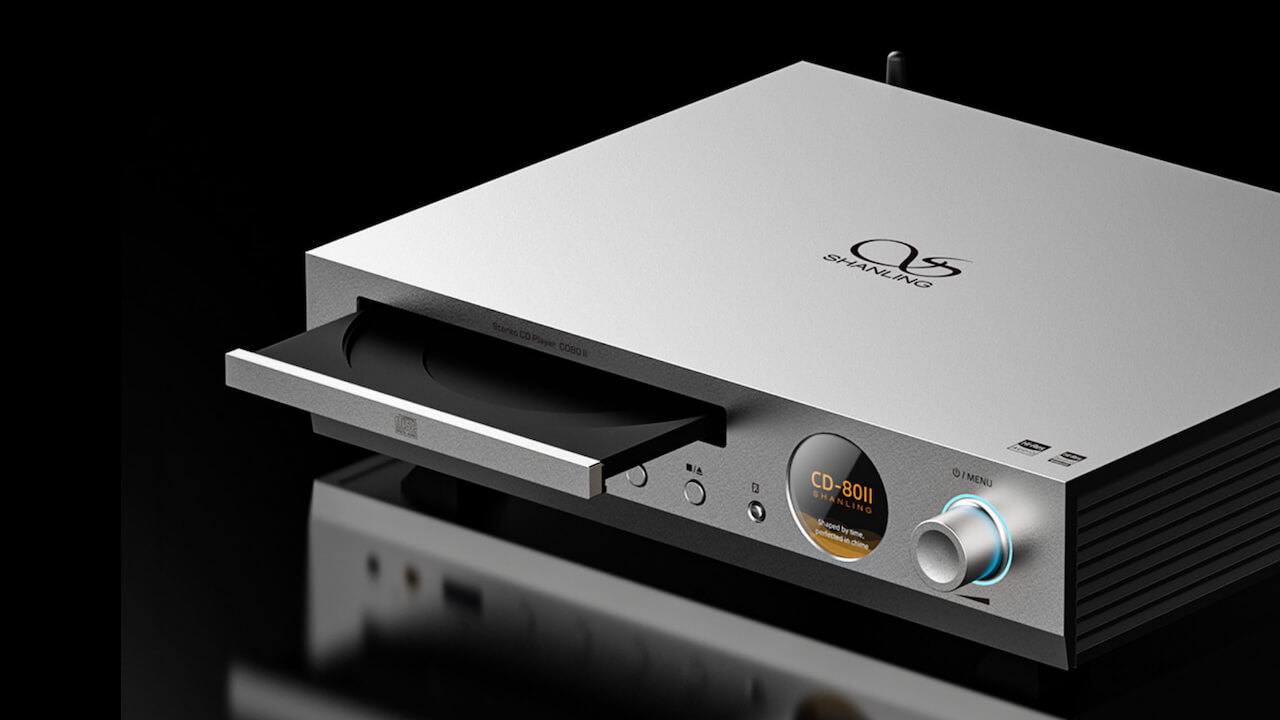In this post I blow up the myth of steep and shallow. If you think that steep creates fat shots, or shallow creates thin shots, or just have no idea about any of it, make sure to read and become more educated than your golfing partners, so you can shake your head at them as […] The post Busting The Myth Of Steep/Shallow – Thin/Fat appeared first on Adam Young Golf.
In this post I blow up the myth of steep and shallow.
If you think that steep creates fat shots, or shallow creates thin shots, or just have no idea about any of it, make sure to read and become more educated than your golfing partners, so you can shake your head at them as they spout off cliched myths.
Steep and Shallow Myths
I hear it all the time.
I hit it fat because I was steep
or
That last one was thin. I must have come in too shallow
In some cases, they’re right. But in many (actually, most), they’re wrong. And I’m talking data-driven insight, not anecdote.
You see, you can strike the ball perfectly well with a steep or a relatively shallow attack angle, as shown below.

The top image shows a steep attack angle of -9 degrees contacting ball first-then turf perfectly.
The bottom image shows a shallow attack angle (of 0 deg) that grazes the grass and clips the ball off the turf neatly.
Steep is Fat
Not necessarily. Look at the below image.

In the top image we see the steep, 9 degree attack angle hit the ball thin.
And the bottom image shows the same attack angle produce a fat shot.
Steep can be both fat OR thin (or perfect).
But Shallow Is Always Thin, Right?
Not at all – in fact this one is often the complete reverse. Take a look.

In the top image, we see the 0 deg attack angle (very shallow) produce a thin contact.
And if we drop that system deep enough, it produces a fat contact (bottom image).
So shallow can produce both a thin AND a fat (or nicely clipped) shot.
The Key
The important difference (and missing element in most golf instruction) with all of these shots is the arc depth (think of it as the height/depth of your swing).
Any attack angle can work if the arc depth matches it.
You also have to get it out of your head that deep divot = steep attack angle, or vice versa. You can be steep and barely clip the grass. You can also be super shallow with your attack angle and hit a chunky divot starting behind the ball.
It’s even possible to hit low on the face (thin) and hit a big divot after the ball. Tiger often did this.
What Changes?
I’ve seen thousands of shots hit on launch monitors – and no one has an eye for the data like me.
When someone hits it fat or thin, it’s almost ALWAYS a change in arc depth more than attack angle.
In fact, if you get steeper on it, we do so by moving the low point of the swing forwards. This usually makes the strike more thin!!!!
Read that again. “Steeper = more thin” is completely counter to what most people think.

When we shift the low point (black line) of the swing more forwards (opaque), we tend to make the strike thinner/lower on the face.
What To Do With This?
When you hit a thin or fat shot, stop trying to change your attack angle (unless you’ve been told by a qualified data-driven instructor to do so).
Changing your attack angle is often unnecessary overkill – not to mention many try to do it in the wrong way.
In my experience, it’s best to learn to control arc depth. It’s usually the thing that’s causing the issue, and it’s also usually the simpler thing to change.
Want Help?
Check out my other premium programs here.
Why struggle with issues when there are clear-defined answers in my improvement programs?
The post Busting The Myth Of Steep/Shallow – Thin/Fat appeared first on Adam Young Golf.








